Immediately following his return, Samsung's semiconductor division saw a rebound in the second quarter of last year, recording an operating profit of 6.5 trillion Korean Won. However, Vice Chairman Jun insightfully remarked, "This was not a recovery of fundamental competitiveness but merely an improvement in market conditions. Relying solely on market fluctuations will only lead to a recurrence of the same situation."
His apprehension proved prescient. Samsung Electronics' semiconductor operating profit subsequently declined for four consecutive quarters. In the second quarter of this year, operating profit plummeted by a stark 94% year-on-year to 400 billion Korean Won . This significant underperformance is primarily attributed to falling behind in the High Bandwidth Memory (HBM) market, a critical component in the burgeoning AI era.
This starkly contrasts with rival SK Hynix, which posted an operating profit of 9.2 trillion Korean Won in the second quarter, a figure 23 times greater than Samsung's semiconductor division . Consequently, Samsung, which has consistently held the top position in DRAM since 1992, now finds itself on the brink of losing that leadership. According to DRAMeXchange, Samsung's DRAM market share in the first half of this year dropped by 8.8 percentage points from the end of last year, reaching 32.7%.
Nevertheless, Samsung Electronics has not been idle. Vice Chairman Jun is reported to have made consecutive visits to Silicon Valley in the U.S. in May and June, engaging in discussions with Nvidia concerning HBM supply. Furthermore, from late July, Samsung Electronics Chairman Lee Jae-yong directly embarked on a two-week business trip to the U.S., where he reportedly met with Nvidia CEO Jensen Huang. Upon his return, when questioned by the press about the details of his trip, Chairman Lee succinctly stated, "I came back having prepared for next year's business."
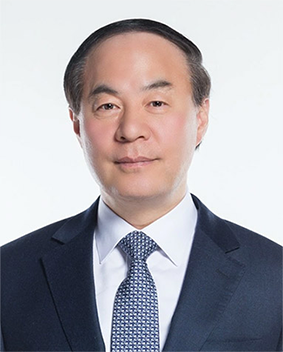
Jun Young-hyun, Vice Chairman of Samsung Electronics
The semiconductor industry anticipates that the competition for next-generation HBM will intensify from next year. This is primarily driven by Nvidia's planned launch of 'Rubin,' the successor to its Blackwell AI semiconductor Graphics Processing Unit (GPU), in the latter half of 2026.
Rubin will feature the next-generation HBM4. In the HBM3e market, integrated into Blackwell, SK Hynix currently dominates with a 75% market share. Kiwoom Securities analyst Park Yu-ak projects that "HBM4 market share will be intensely competitive among suppliers, likely settling at around 50% for SK Hynix, 30% for Samsung Electronics, and 20% for Micron." Should Samsung secure a significant share in HBM4, it would undoubtedly accelerate its performance recovery.
HBM is composed of a 'base (logic) die,' which functions as the brain, and 'core dies,' formed by stacking DRAM chips. Samsung Electronics has adopted a differentiated strategy by directly producing the base die in its foundry and preemptively applying its 10nm 1c DRAM, a generation ahead of its competitors, to the core dies.
Conversely, SK Hynix will outsource the design and mass production of the base die for HBM4 to Taiwan's TSMC. At its second-quarter earnings call on July 31st, Samsung Electronics announced that it had "completed the development of 10nm-class 6th-generation (1c) nano process HBM4 and has already shipped samples to key customers (Nvidia)."
However, variables remain. The critical factor lies in Nvidia's quality certification results. Although there are reports of positive signals from initial tests, premature optimism is unwarranted given past delays in HBM3e certification.
The outcome of HBM4 quality certification is expected to become clearer around the first quarter of next year. An industry insider commented, "Nvidia appears to be conducting tests for as long as possible to gain leverage in price negotiations," adding, "Rather than allocating volume to a specific vendor, they will consider quality and price comprehensively."





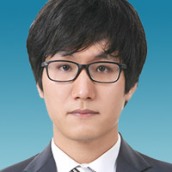





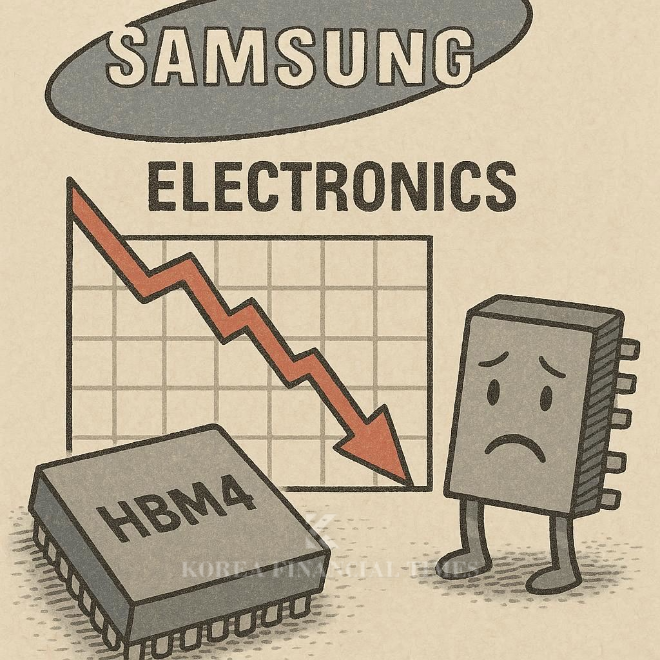





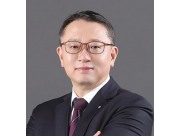

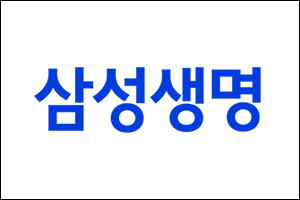










![[ECM] '사천피' 무색, 'IPO 오버프라이싱' 수두룩](https://cfnimage.commutil.kr/phpwas/restmb_setimgmake.php?pp=006&w=69&h=45&m=5&simg=2025120500300303419a837df6494123820583.jpg&nmt=18)
![[DQN] 토스증권, 해외주식 수수료 수익 1위 ‘우뚝’…‘전통강자’ 미래에셋 제쳐](https://cfnimage.commutil.kr/phpwas/restmb_setimgmake.php?pp=006&w=69&h=45&m=5&simg=20251205154521066590f4390e77d12116014370.jpg&nmt=18)
![양 측 한 발 물러섰지만 시간 당 공임 인상률 합의 부결…정비업계·보험업계 의견 첨예 [자동차보험 정비수가]](https://cfnimage.commutil.kr/phpwas/restmb_setimgmake.php?pp=006&w=69&h=45&m=5&simg=20230310104359087848a55064dd111222114027.jpg&nmt=18)

![강태영號 농협은행, 부행장 인사 키워드 '69년생·전문성·생산적금융' [2026 농협금융 인적쇄신 - 은행]]](https://cfnimage.commutil.kr/phpwas/restmb_setimgmake.php?pp=006&w=69&h=45&m=5&simg=2025120105515000450b4a7c6999c121131189150.jpg&nmt=18)
![정진완號 우리은행, 본부ㆍ부서 늘리고 인력 대폭 조정...AX혁신·생산적금융 중심 조직개편 [2026 우리금융 인사ㆍ조직개편]](https://cfnimage.commutil.kr/phpwas/restmb_setimgmake.php?pp=006&w=69&h=45&m=5&simg=2025110414301202913300bf52dd221123419232.jpg&nmt=18)
![[프로필] 이석원 신한자산운용 사장 후보자…국민연금 기금운용본부 출신 운용 전문가](https://cfnimage.commutil.kr/phpwas/restmb_setimgmake.php?pp=006&w=69&h=45&m=5&simg=2025120515024403049179ad43907222110701.jpg&nmt=18)

![이찬우號 농협금융, 부사장 인사 키워드 '내부통제·리스크관리'…각 부문 전문가 발탁 [2026 농협금융 인적쇄신 - 은행]]](https://cfnimage.commutil.kr/phpwas/restmb_setimgmake.php?pp=006&w=69&h=45&m=5&simg=2025120513493707255300bf52dd2121131180157.jpg&nmt=18)







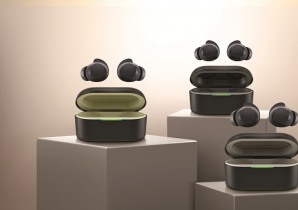

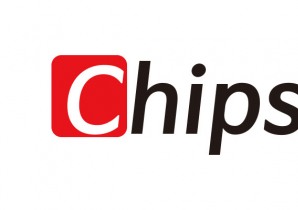
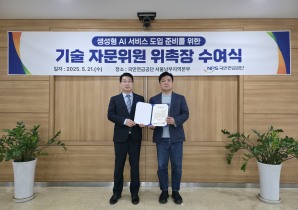
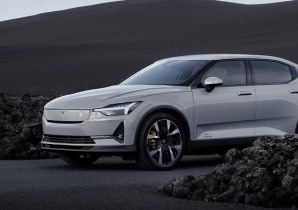
![[카드뉴스] KT&G, 제조 부문 명장 선발, 기술 리더 중심 본원적 경쟁력 강화](https://cfnimage.commutil.kr/phpwas/restmb_setimgmake.php?pp=006&w=298&h=298&m=1&simg=202509241142445913de68fcbb3512411124362_0.png&nmt=18)
![[카드뉴스] KT&G ‘Global Jr. Committee’, 조직문화 혁신 방안 제언](https://cfnimage.commutil.kr/phpwas/restmb_setimgmake.php?pp=006&w=298&h=298&m=1&simg=202503261121571288de68fcbb3512411124362_0.png&nmt=18)
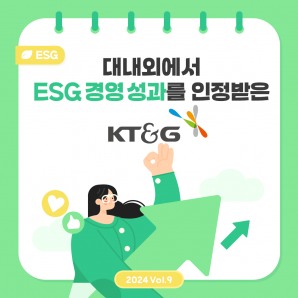

![[카드뉴스] 국립생태원과 함께 환경보호 활동 강화하는 KT&G](https://cfnimage.commutil.kr/phpwas/restmb_setimgmake.php?pp=006&w=298&h=298&m=1&simg=202403221529138957c1c16452b0175114235199_0.png&nmt=18)
![[신간] 고수의 M&A 바이블](https://cfnimage.commutil.kr/phpwas/restmb_setimgmake.php?pp=006&w=81&h=123&m=5&simg=2025091008414900330f8caa4a5ce12411124362.jpg&nmt=18)
![[신간] 리빌딩 코리아 - 피크 코리아 극복을 위한 생산성 주도 성장 전략](https://cfnimage.commutil.kr/phpwas/restmb_setimgmake.php?pp=006&w=81&h=123&m=5&simg=2025032814555807705f8caa4a5ce12411124362.jpg&nmt=18)
![[서평] 추세 매매의 대가들...추세추종 투자전략의 대가 14인 인터뷰](https://cfnimage.commutil.kr/phpwas/restmb_setimgmake.php?pp=006&w=81&h=123&m=5&simg=2023102410444004986c1c16452b0175114235199.jpg&nmt=18)

![[신간] 조금 느려도 괜찮아...느림 속에서 발견한 마음의 빛깔](https://cfnimage.commutil.kr/phpwas/restmb_setimgmake.php?pp=006&w=81&h=123&m=5&simg=20251105082239062852a735e27af12411124362.jpg&nmt=18)

![[AD] 기아 ‘PV5’, 최대 적재중량 1회 충전 693km 주행 기네스 신기록](https://cfnimage.commutil.kr/phpwas/restmb_setimgmake.php?pp=006&w=89&h=45&m=1&simg=20251105115215067287492587736121125197123.jpg&nmt=18)
![[카드뉴스] KT&G, 제조 부문 명장 선발, 기술 리더 중심 본원적 경쟁력 강화](https://cfnimage.commutil.kr/phpwas/restmb_setimgmake.php?pp=006&w=89&h=45&m=1&simg=202509241142445913de68fcbb3512411124362_0.png&nmt=18)
![[AD]‘황금연휴에 즐기세요’ 기아, ‘미리 추석 페스타’ 이벤트 실시](https://cfnimage.commutil.kr/phpwas/restmb_setimgmake.php?pp=006&w=89&h=45&m=1&simg=20250903093618029117492587736121166140186.jpg&nmt=18)
![[AD]‘패밀리카 선두 주자’ 기아, ‘The 2026 카니발’ 출시](https://cfnimage.commutil.kr/phpwas/restmb_setimgmake.php?pp=006&w=89&h=45&m=1&simg=2025081810452407346749258773621116810840.jpg&nmt=18)
![[AD] ‘상품성↑가격↓’ 현대차, 2025년형 ‘아이오닉 5’·‘코나 일렉트릭’ 출시](https://cfnimage.commutil.kr/phpwas/restmb_setimgmake.php?pp=006&w=89&h=45&m=1&simg=202505131018360969274925877362115218260.jpg&nmt=18)



